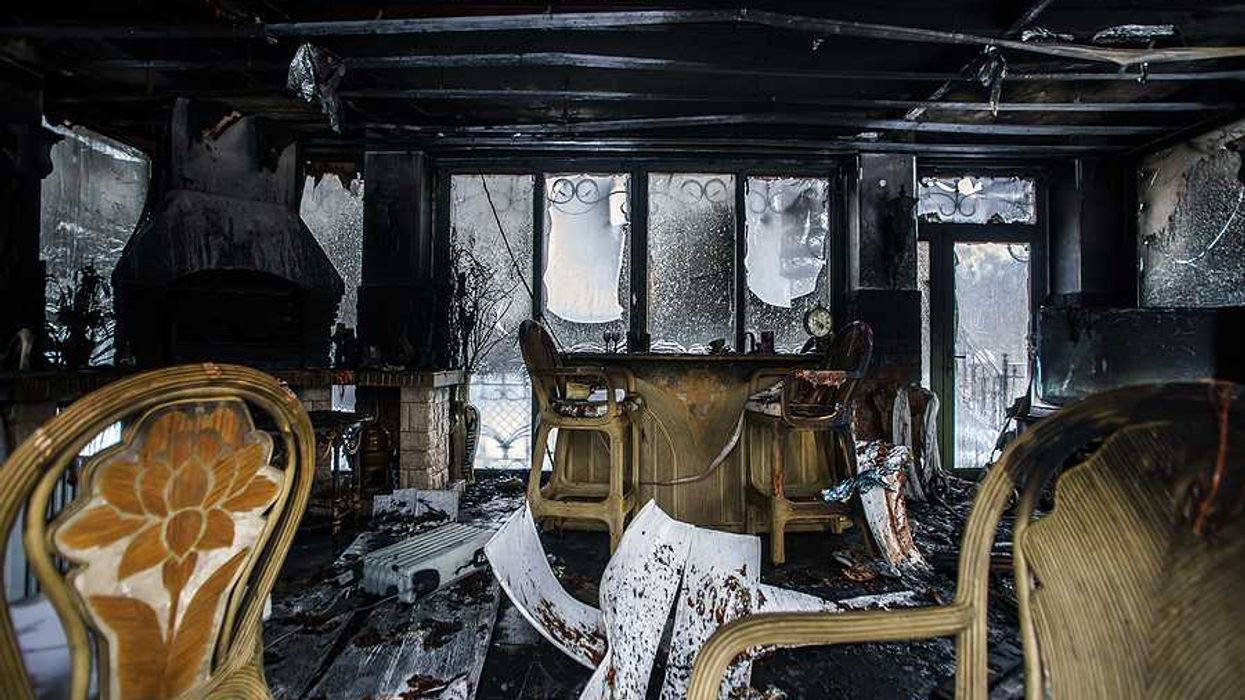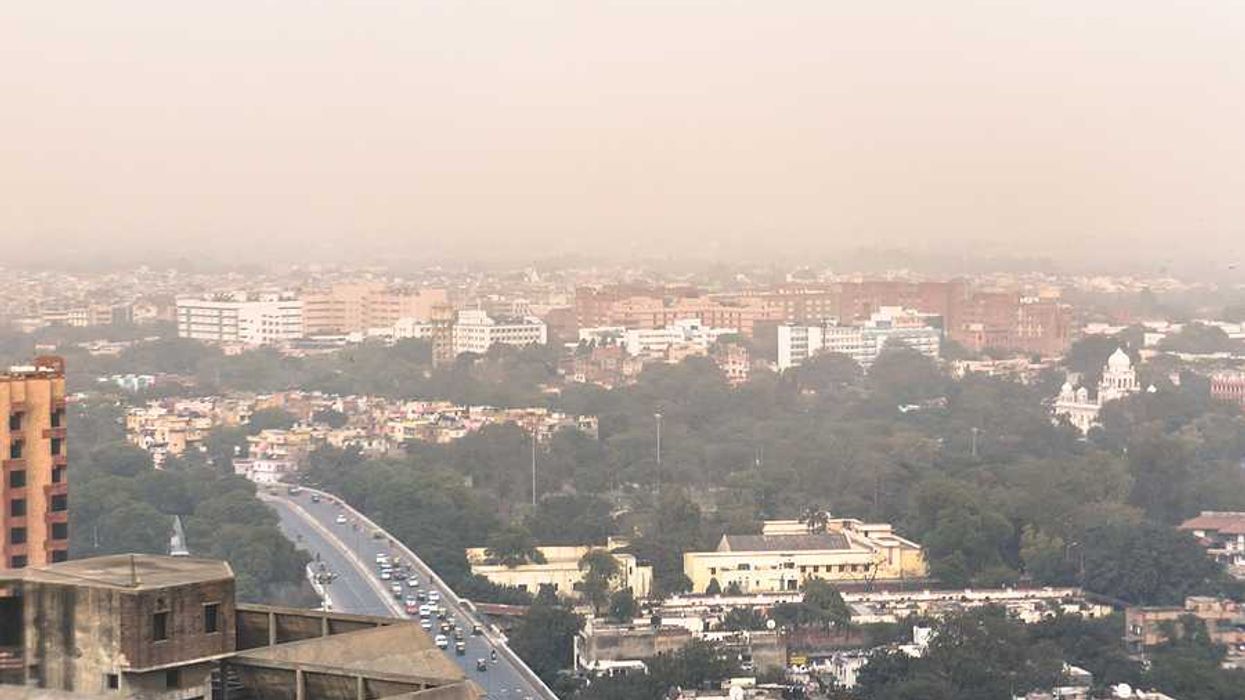Toronto Star reporter Matthew Van Dongen writes about a citywide pollution-tracking study in Hamilton, Ontario, which found unhealthy levels of common steelmaking pollutant benzo(a)pyrene at monitoring sites from Dundas to Stoney Creek.
In a nutshell:
The study, which used air samplers attached to utility poles at over 60 sites, found high concentrations of benzo(a)pyrene in various neighborhoods, including those located kilometers away from industrial areas. While a reduction in coal use by the city's largest steelmaker is expected to improve air quality, it won't take effect until 2028.
Key quote:
The results suggest coal-fired steelmaking pollutants like benzo(a)pyrene travel far beyond the lower city and pose “an even greater (health) impact than we may have expected,” said Matthew Adams, an urban air-quality expert who is co-ordinating the study alongside city staff.
The big picture:
Benzo(a)pyrene is produced through the incomplete combustion of organic material and is commonly emitted by coal-fired steelmaking, among other sources. Exposure to this chemical compound has been linked to an increased risk of cancer, particularly lung cancer, as well as respiratory problems and other negative health outcomes. The study's results highlight the need for government regulation and reduction of dangerous pollutants to protect public health.
Read more at the Toronto Star.
For additional context, read Elizabeth Gribkoff's article for EHN about how we're miscalculating the cancer risks from a massive class of chemicals.














